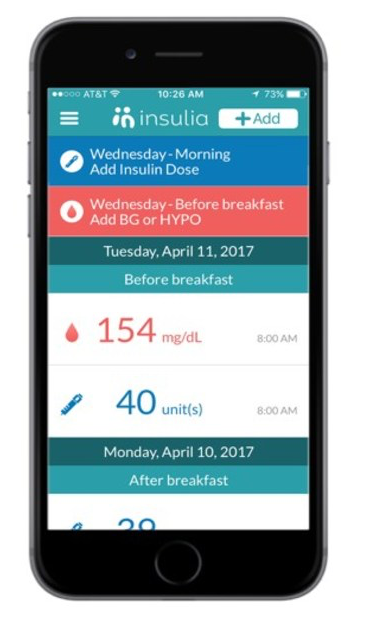 Digital therapeutics may be up and coming, but they also have a long way to go before their mainstream treatment options, according to experts who spoke at the digital therapeutics deep dive at HIMSS18.
Digital therapeutics may be up and coming, but they also have a long way to go before their mainstream treatment options, according to experts who spoke at the digital therapeutics deep dive at HIMSS18.
“This is going to be a completely new industry sector,” Pierre Leurent, CEO of Voluntis, said during the session. “It’s going to have very strong growth in the years to come and it’s going to be a very important sector, however it’s a sector that is still in its infancy.”
In fact, according to Reena Sangar, head of digital and connected health, at Ipsos Healthcare, many doctors have never heard of digital therapeutics.
“When we talked to doctors, before giving them any kind of definition, we simply asked ‘Have you heard the term?’, almost one in two say they haven’t,” she said.
Ipsos has conducted some preliminary research on the space, which Sangar shared at the event. That particular statistic came from interviews with 30 neurologists and 30 endocrinologists. Fifteen neurologists and 12 endocrinologists said they were unfamiliar with the term.
When Ipsos explained the term, they found healthy interest in using them, but more often as a companion to a drug than a standalone treatment. Specifically, neurologists were asked about a hypothetical VR product for chronic pain. Just 7 percent said they would use it on its own, 39 percent said they would use VR and drugs together, and 43 percent said they’d stick to drugs. For endocrinologists, asked about a digital app for diabetes treatment, 22 percent said they’d use a digital app, 27 percent said they’d use the app with a bolus insulin advisor, and 38 percent said they’d use conventional treatments.
“I think there’s an opportunity there,” Sangar said. “When you look at combined therapy, I think there’s a comfort level where people would be quite willing to try.”
The event included voices from the payer, pharma, and developer worlds, which underscored one message of the event — that in order to overcome the many barriers to adoption, digital therapeutics would need buy-in from many stakeholders.
“No single entity, whether it’s a payer, provider, care manager, retail pharmacy, is going to be able to transform healthcare by themselves,” Rahul Dubey, SVP of Innovation and Solutions at AHIP, said. “We’ve done a good job of educating the marketplace that it has to be collaborative innovation. It’s the only way to go.”
Challenges named by speakers included regulation, reimbursement, physician buy-in, and the need for more robust clinical evidence.
“It all starts with strong clinical evidence,” Vincent Balsamo, SVP of business development at Propeller Health, said. “That’s the foundation. When you get in front of a medical director, if you have strong clinical evidence, nobody questions if this makes things better for patients. That goes away. That’s not a hurdle. The hurdle is how do we operationalize it?”
Leurent talked about the unique regulatory and reimbursement challenges.
“Contrary to drugs or contrary to other medical devices, we have solutions that keep evolving all the time,” he said. “So the lifecycle of this product is unprecedentedly short. You can have a new version of the product every year on the market, versus a drug that can stay the same for like 10-plus years or medical devices that can stay like 4 or 5 years. So we must have much more agile frameworks to clear, as well as to pay for these technologies.”
For pharma, regulation is a problem in other ways, since the companies have very strict requirements about adverse event reporting that weren’t necessarily designed with remote monitoring in mind.
“One of the things we found is we got information about the patient that we didn’t want to know,” Yechiel Engelhard, head of global digital health and a VP at Teva Pharmaceuticals, said. “Before, any adverse effect was something that only the patient knew. So now we know about adverse effects the minute they happen.”
Engelhard said Teva has had to remove features from digital offerings out of a need to err on the side of low risk.
“We need to make hard decisions,” he said. “In the next couple of years you will see more and more drugs that are connected, which will allow us to add back those experience-based features when we have more information about what’s the actual risk like.”














